Simplifying Your Home Office with Minimalism
Chosen theme: Simplifying Your Home Office with Minimalism. Welcome to a calmer way to create. Together we will pare back, design with intention, and build daily habits that protect focus. Subscribe and share your wins as you transform your desk into a distraction‑free haven.
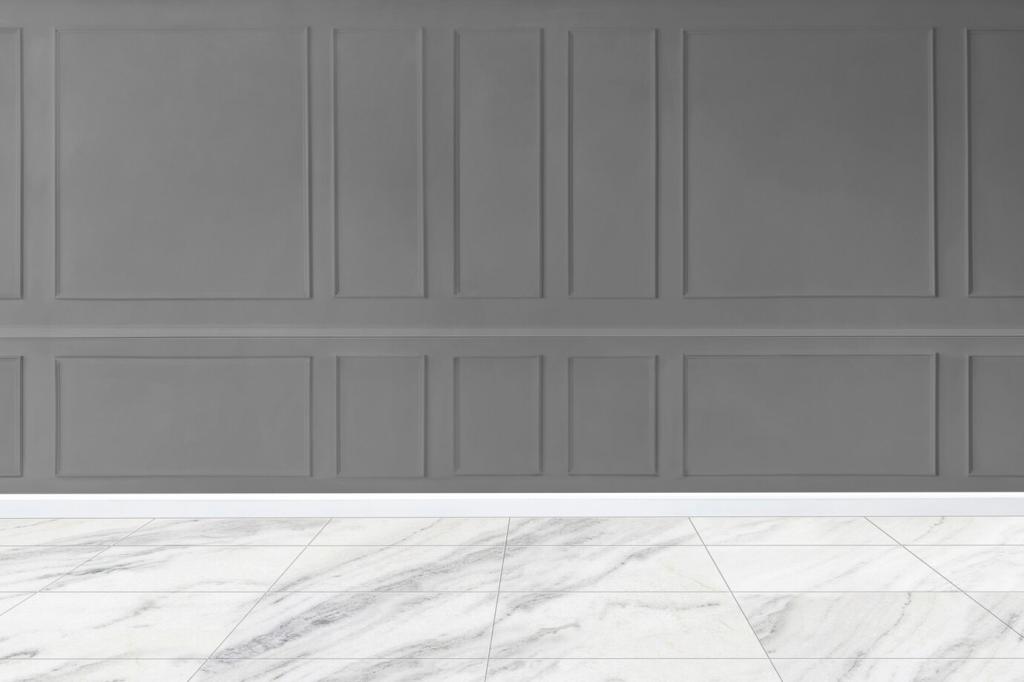
The 10-Minute Surface Reset
Set a 10‑minute timer at the end of each workday and return every item to a defined home. This quick ritual reduces decision fatigue tomorrow morning and signals your brain that work is done. Try it tonight and report back on how you feel.
One-In, One-Out Rule
For every new supply or gadget, remove one item you no longer use. Keep a donation box near your desk so decluttering becomes effortless. Ask weekly, “Did this tool actually serve the work I did?” Share your favorite item that truly earns its place.
Cable Clarity
Visual noise steals attention. Mount a power strip under your desk, bundle cords with reusable ties, and label both ends. Fewer dangling lines means less dust, easier cleaning, and a cleaner mind. Tell us which simple cable fix made the biggest difference for you.
Layout and Light: Designing for Focus
Arrange your chair, keyboard, and display as a tight triangle so eyes, hands, and mind stay aligned. Keep your most‑used tools within forearm reach; everything else belongs in drawers. Try this today and comment if your posture and concentration improved.
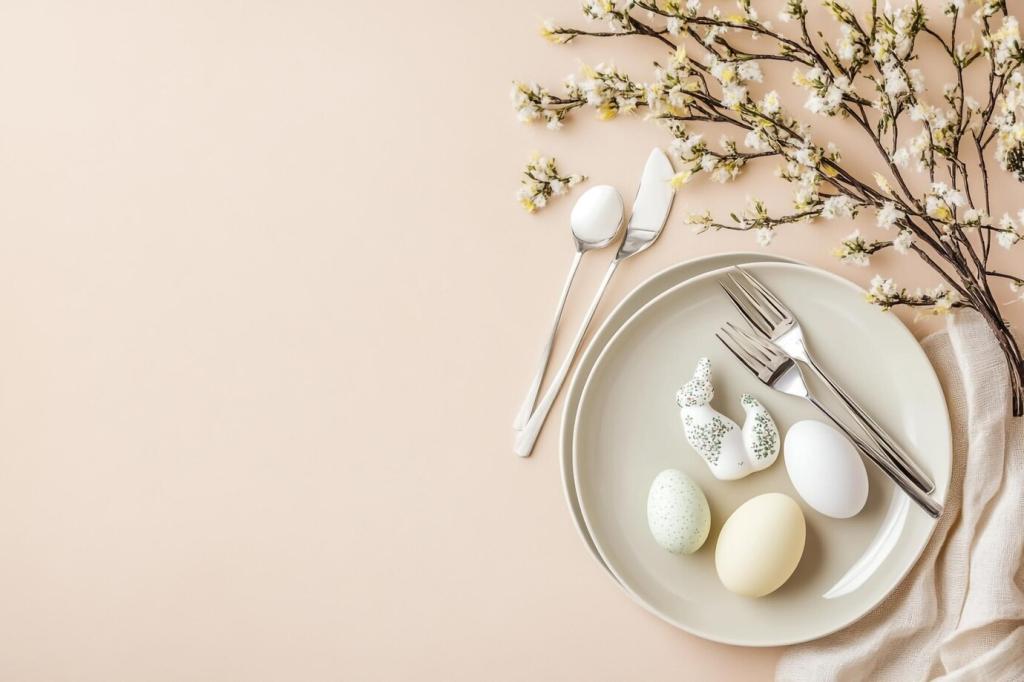
Inbox Zero, Sanely
Process email in two scheduled blocks, archive aggressively, and use three folders only: Action, Waiting, Archive. Unsubscribe from one newsletter daily for a week. Measure the relief after seven days and share your most satisfying unsubscribe moment with the community.
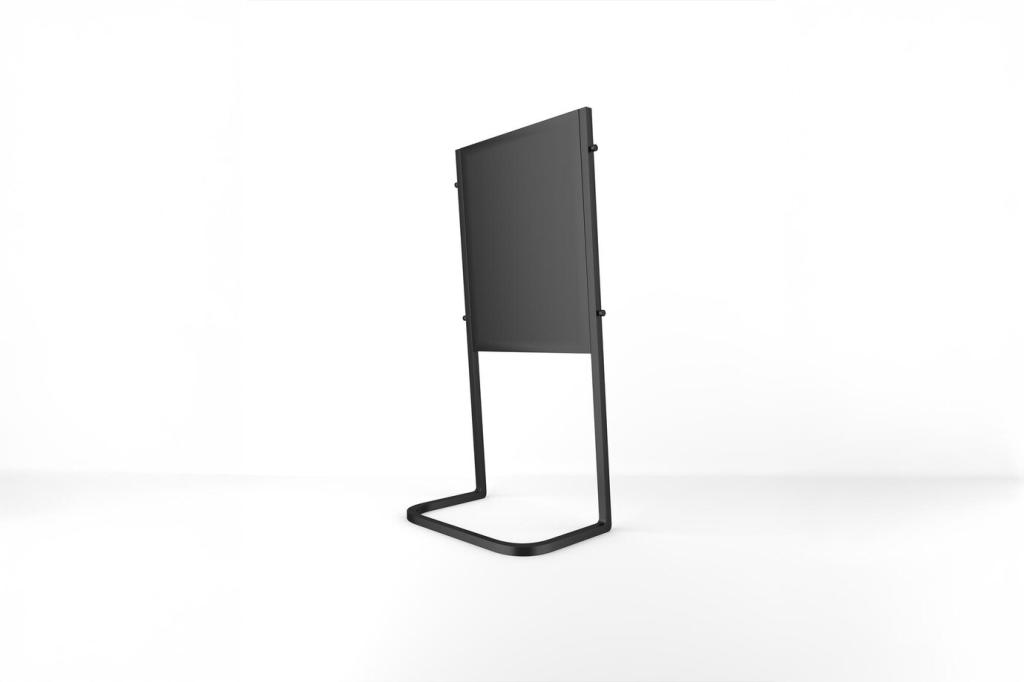
Simplify Your App Stack
Pick one notes app, one task manager, and one cloud drive; disable overlapping features elsewhere. Each extra tool adds friction and forgotten data. Consolidation gives you fewer places to look and more time to think. List your final three in a comment to inspire others.
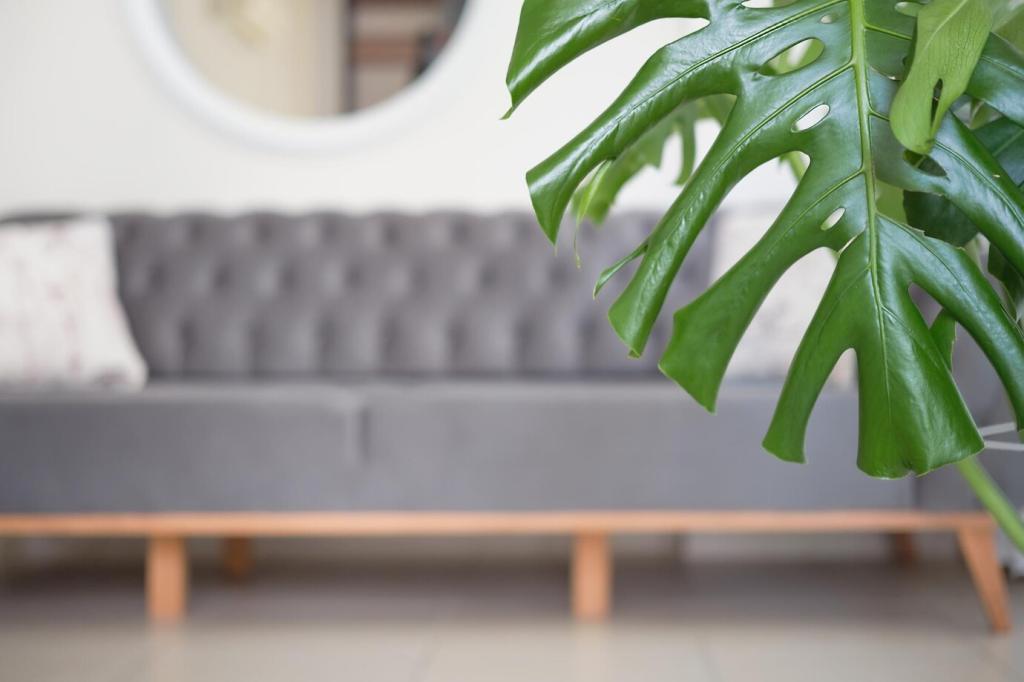
File Names That Behave
Adopt a consistent naming pattern: YYYY‑MM‑DD_Project_Version. Keep a short set of top‑level folders, then let search do the heavy lifting. Future‑you will thank present‑you every time. Share your favorite naming tweak to help newcomers keep their digital desk spotless.
Palette with a Purpose
Choose two neutrals and one accent that sparks calm rather than excitement. Let surfaces be matte to reduce glare, and pick textures you enjoy touching daily. Your palette becomes a silent productivity partner. Share your three colors to help others build theirs.
Quiet Sensory Cues
Keep sound gentle and scents subtle. A low‑volume focus playlist or soft white noise can mask household distractions. Use a lightly scented candle only during deep work to create a cue. What’s your go‑to sensory anchor for getting in the zone?
A Plant with a Job
One plant can soften edges and cue care without clutter. Reader Maya replaced three trinkets with a single snake plant and reported fewer midday slumps. Watering became her micro‑break. Try one plant and tell us if your energy steadies across the afternoon.
Routines that Protect Your Time
01
Begin with a two‑minute checklist: open calendar, choose one priority, silence notifications, clear the top left of your desk. A predictable start prevents reactive mornings. What’s the one step you’ll add or remove to make your ritual frictionless tomorrow?
02
Close browser tabs, return tools, and set tomorrow’s first task on a sticky note. Endings shape beginnings; this tiny sweep reduces morning drag. Try it for five days and share whether your first hour felt smoother and more intentional.
03
On Friday, scan your task list, archive finished notes, and put stray items back. Ask, “What clutter returned and why?” Adjust your system, not just your surface. Post your best weekly reset question so others can copy it next week.
Small Spaces, Big Clarity
Foldaway Workstation
Use a wall‑mounted folding desk or a slim tabletop on brackets. Pair with a collapsible chair and a shallow drawer for essentials. Work appears when you begin and disappears when you’re done. Comment if a foldaway solution could give you back a room.
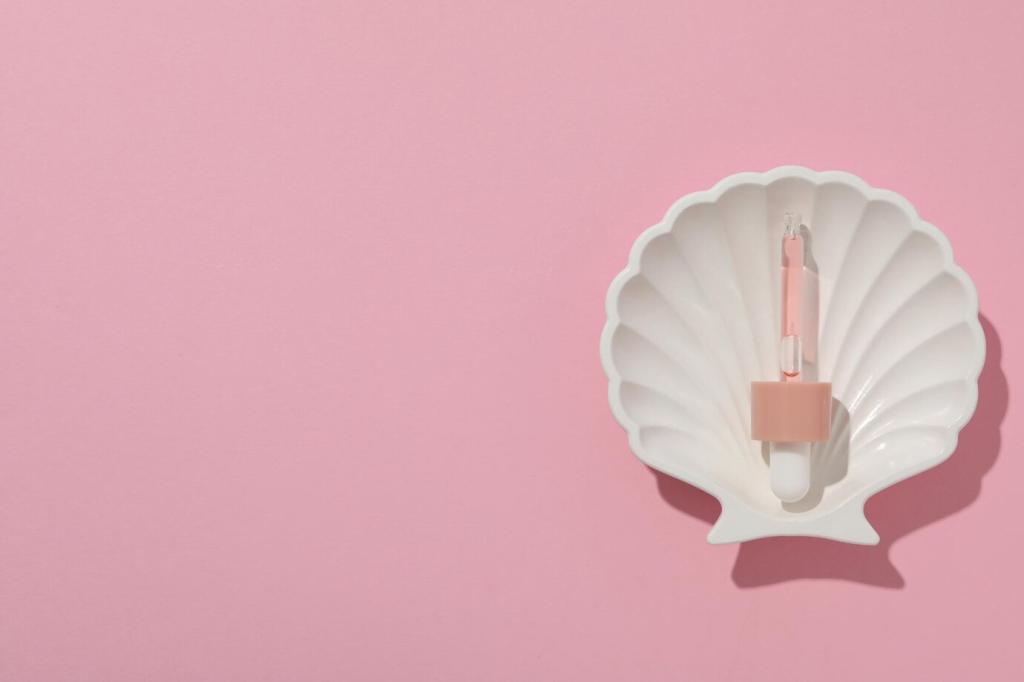
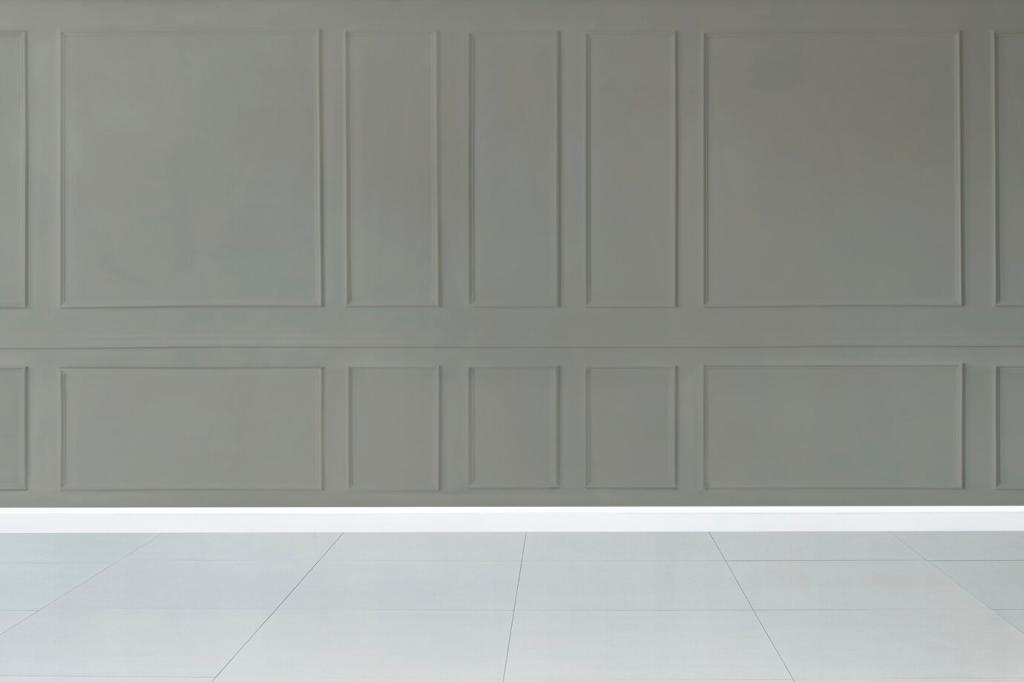
Vertical Storage Wins
Go up, not out: pegboards, floating shelves, and a magnetic strip for tools you reach daily. Keep only today’s project visible and hide the rest. Vertical order preserves floor space and mental space. Share your smartest wall upgrade to help others breathe easier.
